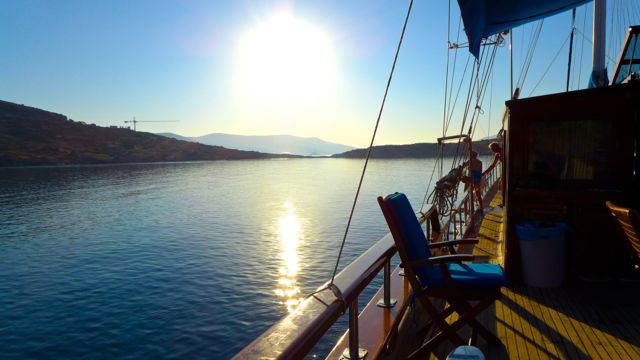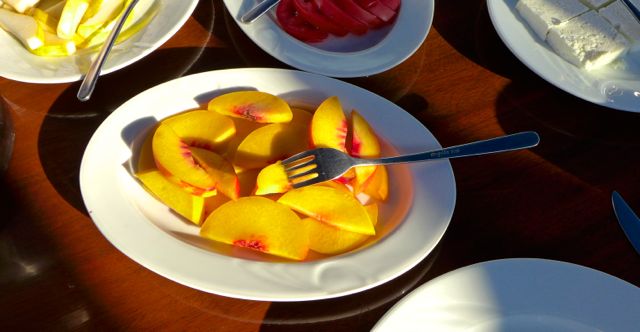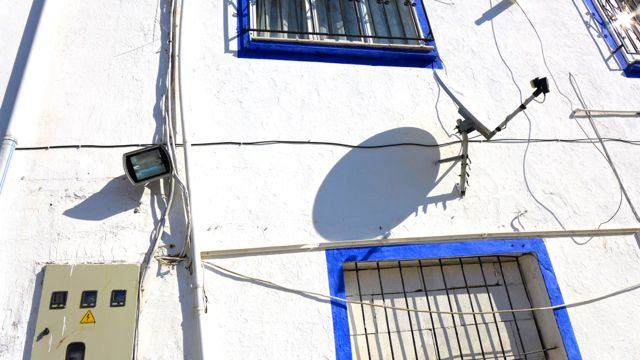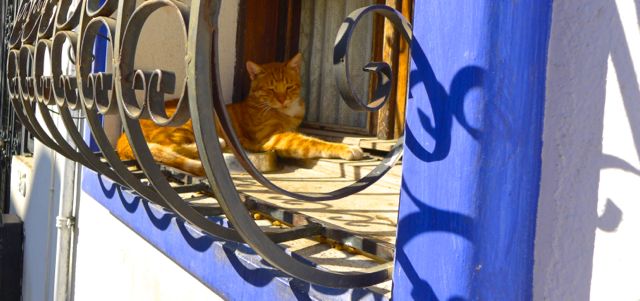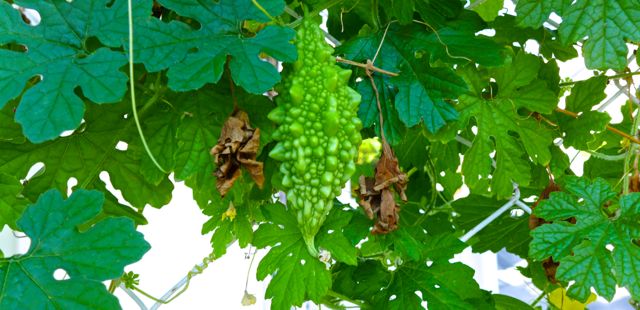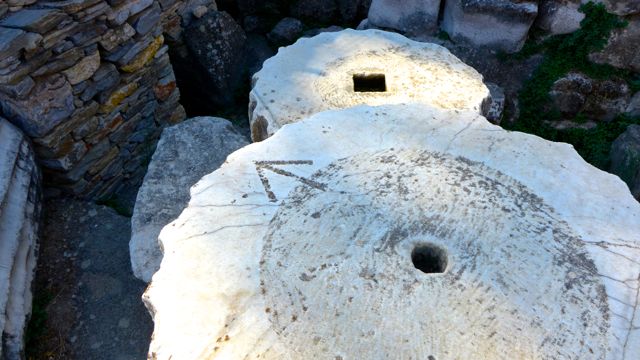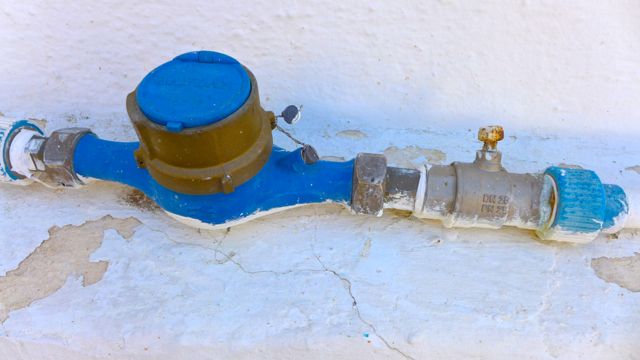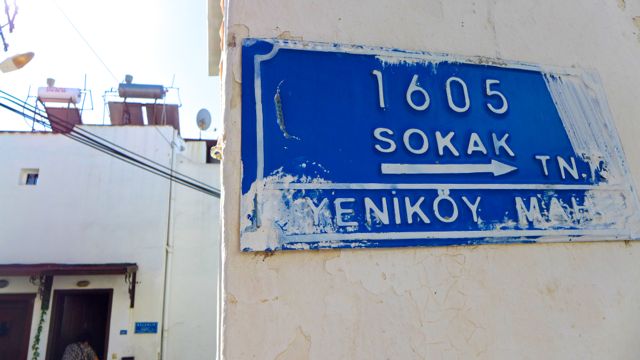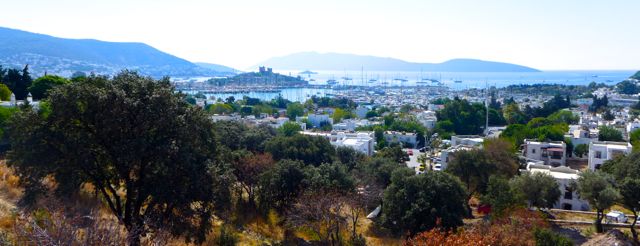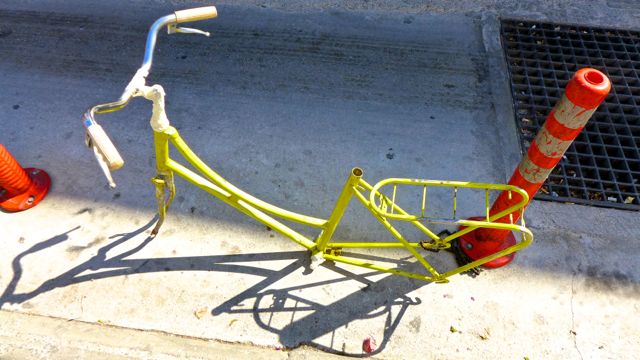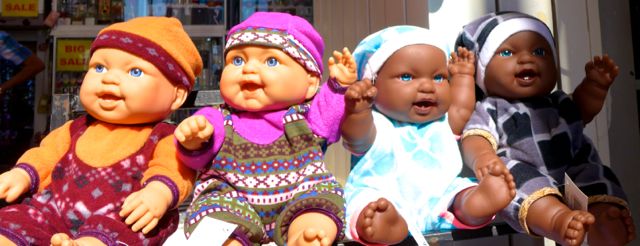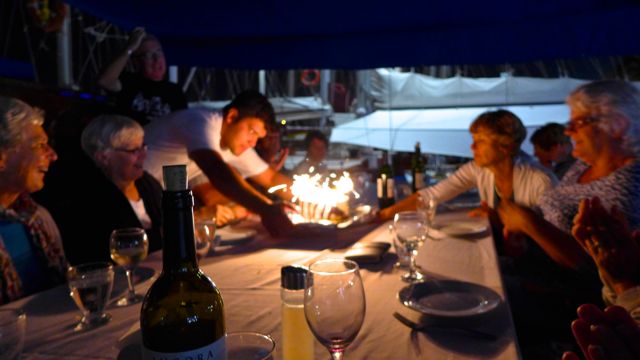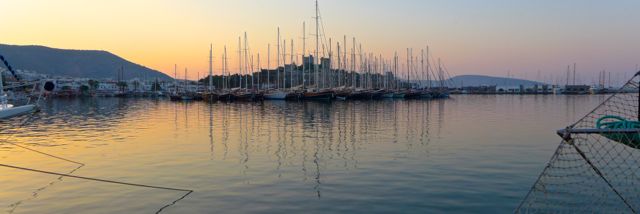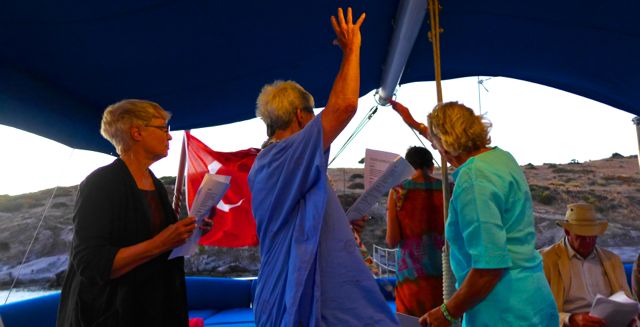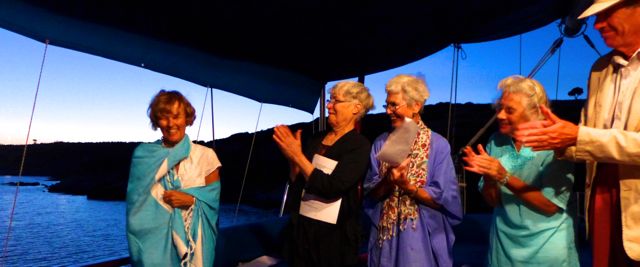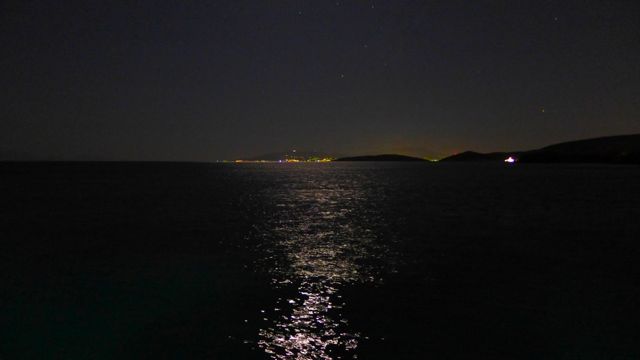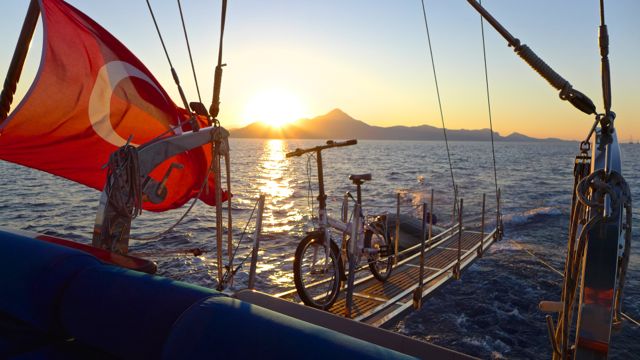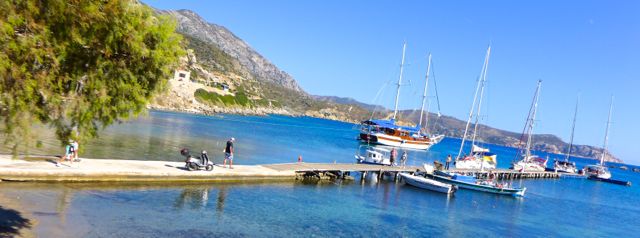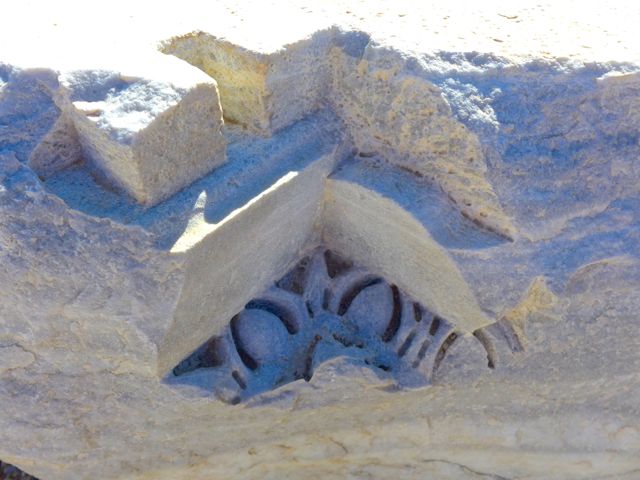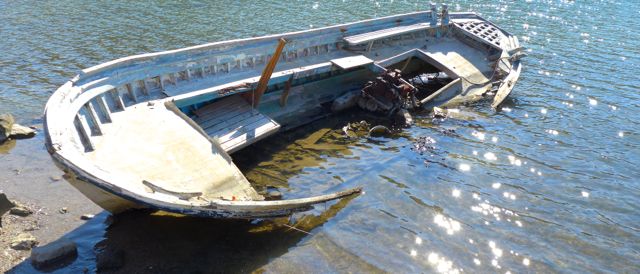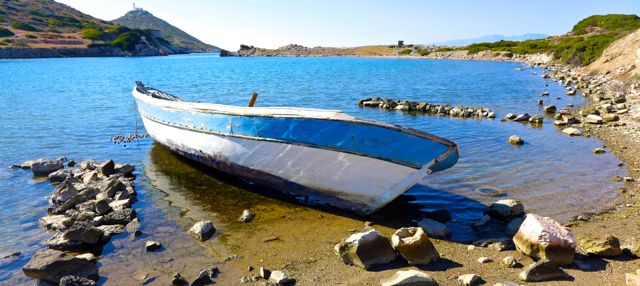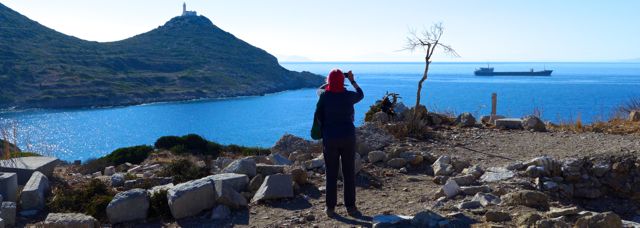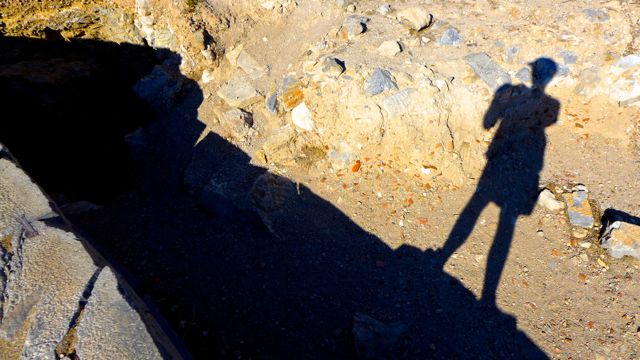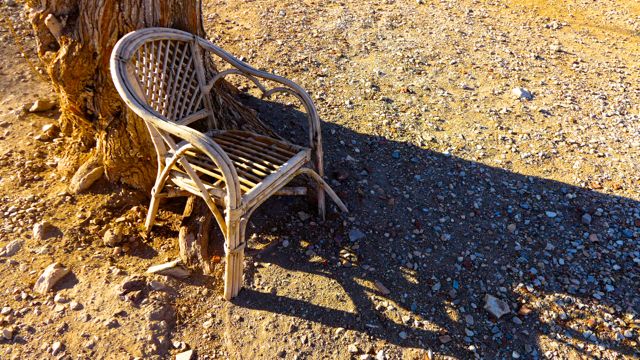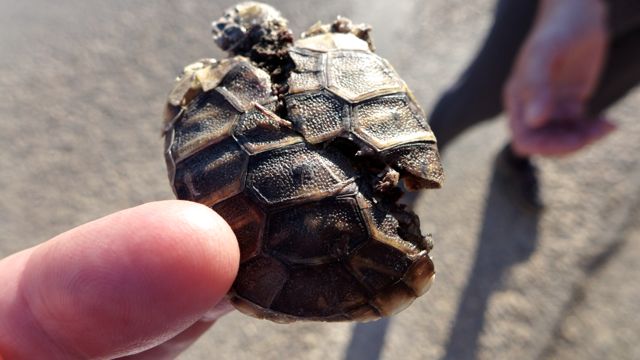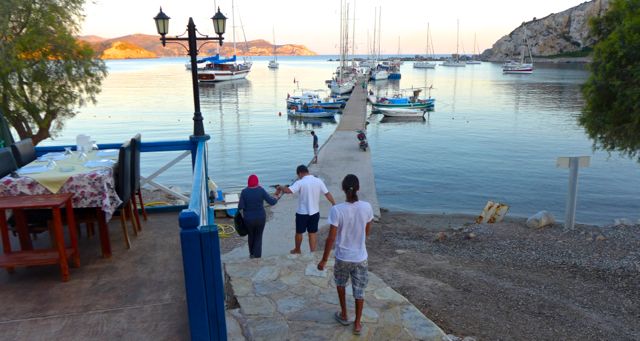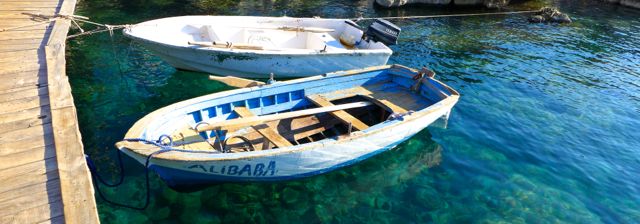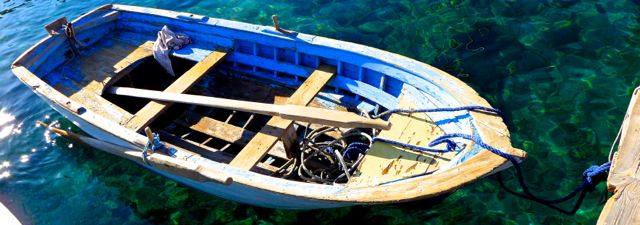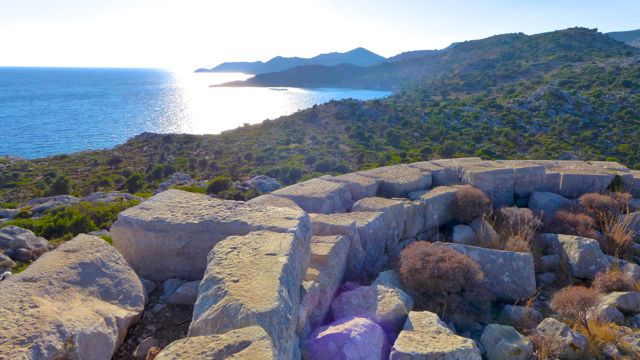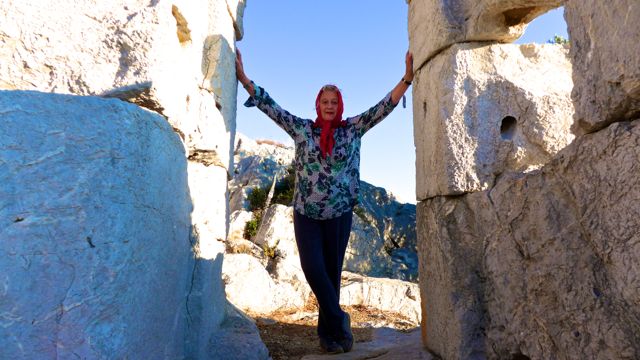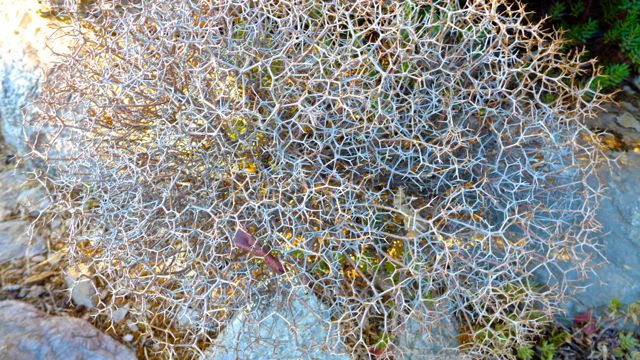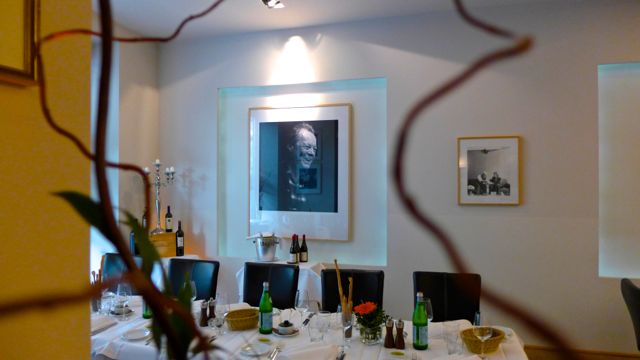
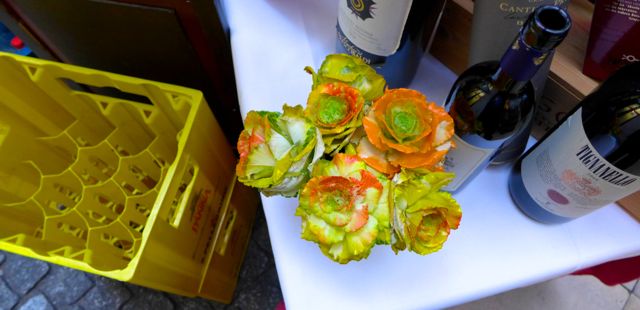
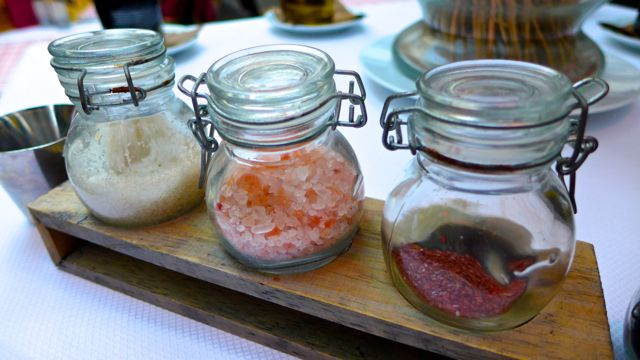
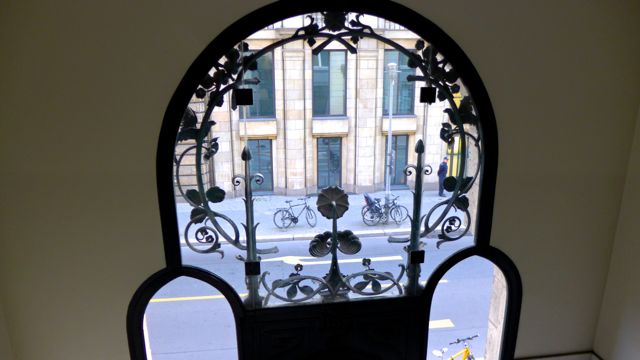
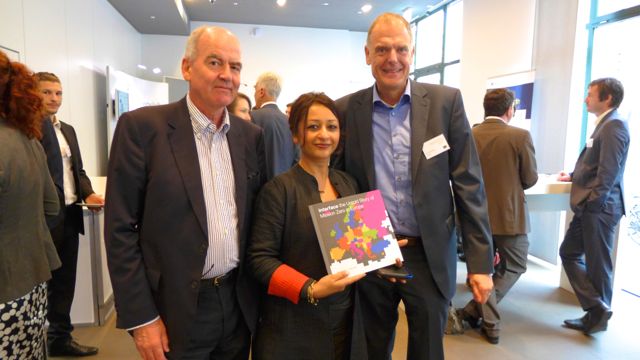


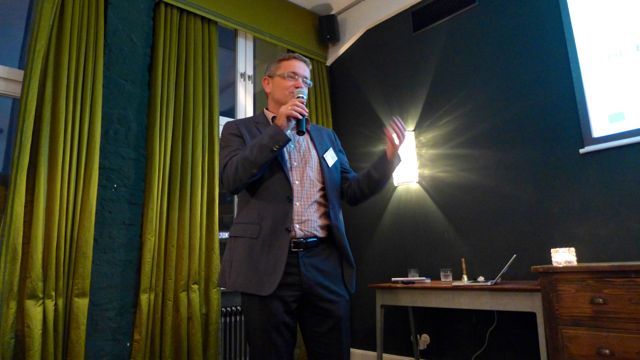

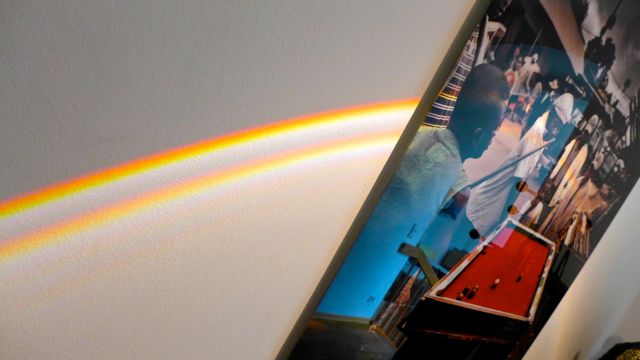
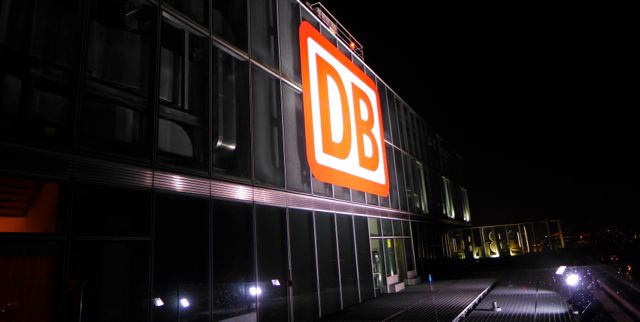
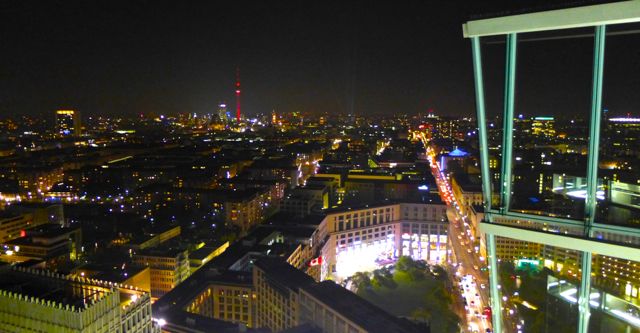
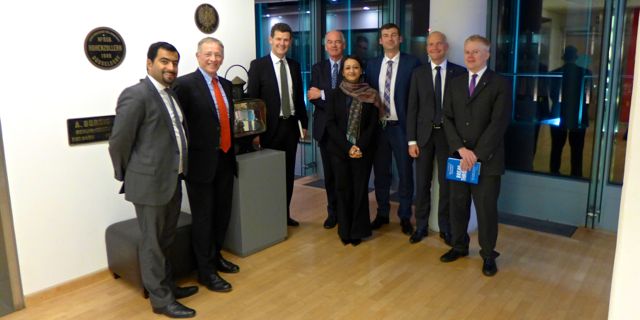
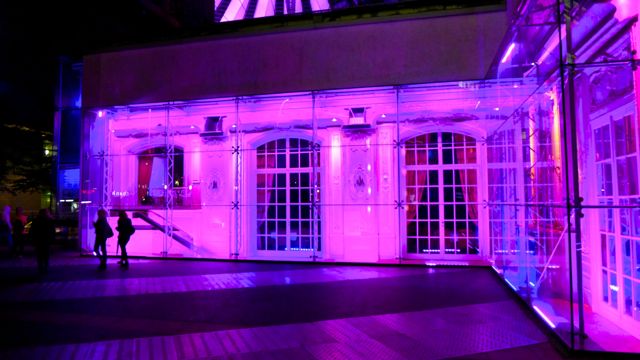
Flew back from Turkey on Saturday, then off to Berlin on Sunday, 5 October. Across to Antica Lasagneria to speak at a dinner hosted by our friends at BSD Consulting.
Walls of the restaurant sport a glorious collections of black and white photographs of major politicians, including one of Joschka Fischer – who I debated with at a conference way back in 1989, in Wiesbaden.
Then back to Soho House, where I am staying. The place has an extraordinary history. As their website sums it up: Originally opened in 1928 as a department store, the property was seized by the wartime government before being occupied by the post-war, Communist regime until 1956. It was then used to house the Communist Party archives and the Central Committee’s Historical Institution. After German reunification the building was legally returned to the descendants of its original owners.
Up early to keynote the BSD Reporting 3.0 conference in the Microsoft Atrium. Photos of the session show me squinting a little as I try to get used to life (pro ten) without the glasses I managed to destroy in Turkey.
Had a range of useful sidebar meetings with people in the field, including Michael Meehan, the new CEO of the Global Reporting Initiative. Then back to Soho House with Sam for a Skype call with Astrid Hvam Høgsted, who is part of our Breakthrough project team. We make great progress in the process.
In the evening, we co-hosted – and I spoke at – the Berlin launch of The Breakthrough Challenge, held in the library of Soho House.
Tuesday started with a meeting with Peter (Teuscher) and Sebastian (Straub) of BSD, after which we headed across to Impact Solutions – for a lunch with our friends Tell (Münzing) and Shamin (Rafat), and colleagues. This was followed by a working session with them and Johnson & Johnson.
Then a session with Shamim and Tell on joint strategy, after which we all had dinner with senior executives of DeutscheBahn (DB), on the top floor of their tower. Our host was Dr Karl-Friedrich Rausch, a member of the DN Management Board, who I had met at a previous Berlin dinner for business leaders hosted by Impact solutions at, yes, Soho House. Fascinating, off-the-record conversations.
Then, earlier today, I keynoted the sixth Humboldt University conference on Corporate Sustainability and Responsibility. Congratulations to (dR) Joachim (Schwalbach) for making this all happen.
Some fascinating speakers, including Tima Bansal. Then did a panel discussion with Tima, Joep Browers, Timothy Devinney and Toby Webb. Pleased to have a chance to catch up with Bob Eccles, who – among many other things – is a member of our Advisory Board.
Sadly, I then had to scoot off to Tegel airport to catch my flight to Bern. But that’s another story – or blog.

